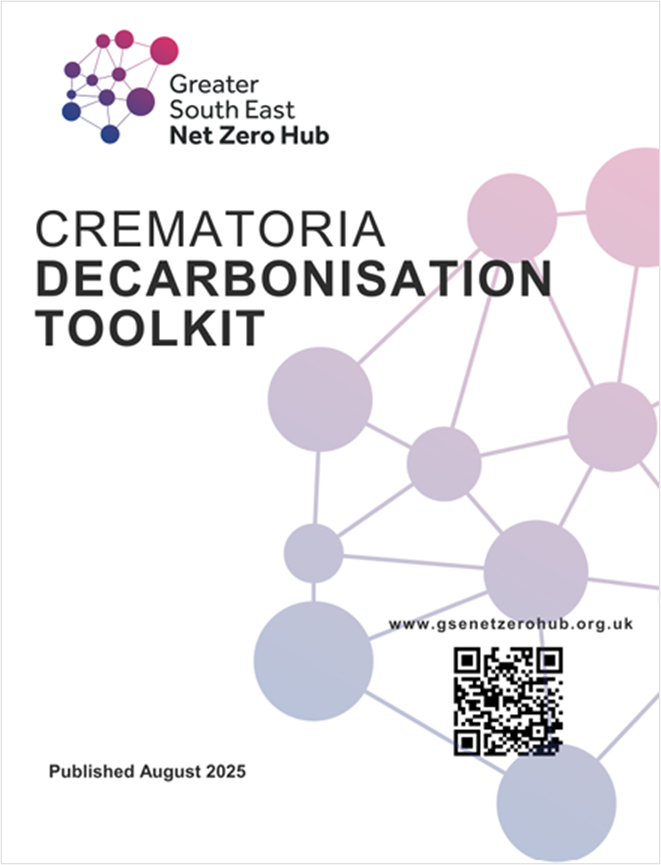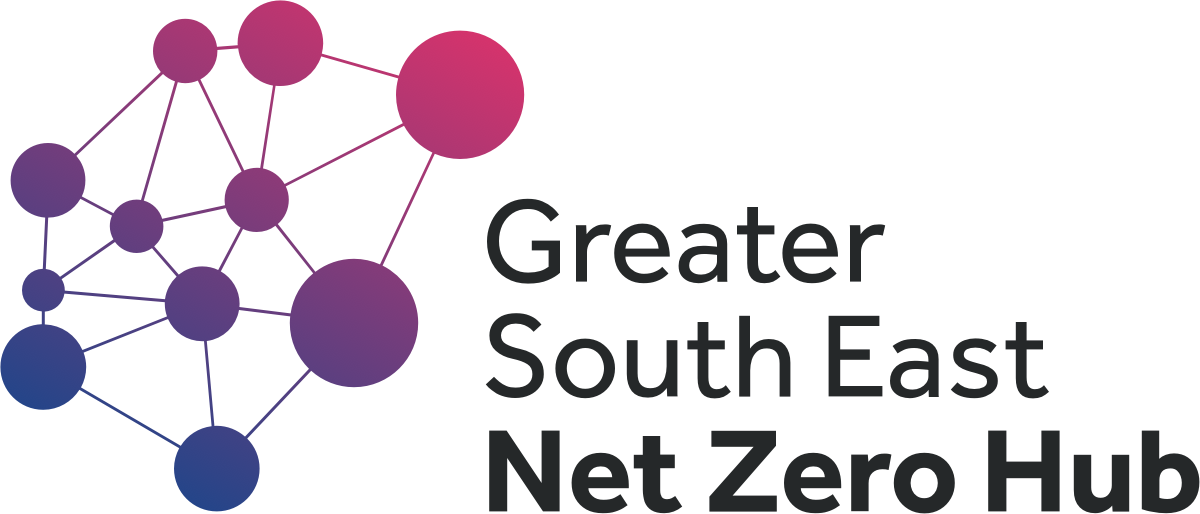This toolkit from the Greater South East Net Zero Hub provides practical guidance for local authorities on reducing carbon emissions from crematoria by utilising currently available technologies and promoting the adoption of energy efficiency measures.
This toolkit from the Greater South East Net Zero Hub provides practical guidance for local authorities on reducing carbon emissions from crematoria by utilising currently available technologies and promoting the adoption of energy efficiency measures.
For local authorities, decarbonising their estates presents a unique set of challenges due to the diversity, age, and operational requirements of their buildings. Within this context, crematoria are often among the highest carbon-emitting assets in local authority estates, primarily due to their energy-intensive operations and reliance on fossil fuels.
Key benefits for local authority teams
The document balances technical detail with accessibility, making it suitable for both sustainability leads and estates teams. The inclusion of real-world examples and funding advice is particularly helpful, and the toolkit’s modular format means you can dip into relevant sections without needing to read cover-to-cover.
The Crematoria Decarbonisation Toolkit is designed to support councils in reducing carbon emissions from crematoria operations. It offers:
- Clear guidance on decarbonisation pathways, including short-, medium-, and long-term actions.
- Technology options for heat recovery, electrification, and renewable energy integration.
- Procurement and funding advice, including how to access Salix Finance and other public sector decarbonisation schemes.
- Case studies and good practice examples from UK crematoria already making progress.
- Carbon accounting tools to help quantify emissions and track reductions.
Highlights from the toolkit
- Technology comparisons: Evaluates options like electric cremators, hydrogen-ready systems, and biofuel alternatives.
- Planning and stakeholder engagement: Emphasises the importance of early engagement with planning teams, DNOs, and community stakeholders.
- Funding strategy: Aligns with Salix Finance criteria and offers tips for successful applications.
- Operational efficiency measures: Includes ventilation upgrades, heat recovery systems, and smart controls.


